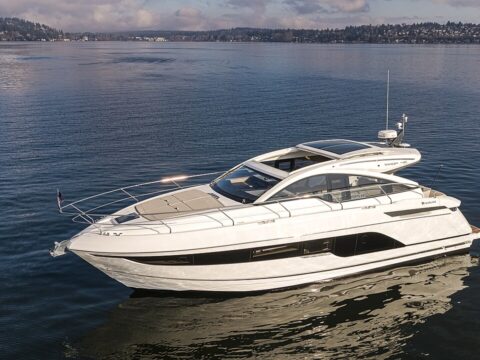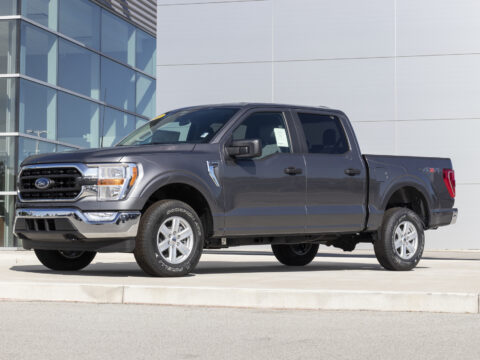Supercars with V12 engines have long been synonymous with power, performance, and record-breaking speeds. These legendary machines are designed around high-revving V12 engines that deliver unparalleled horsepower and torque, often setting benchmarks in the automotive world. Their distinct engineering and roaring exhaust notes capture the essence of raw performance, pushing the boundaries of speed and agility. These iconic supercars have not only defined their era but continue to inspire modern-day engineering, showcasing the true potential of V12 powertrains in high-performance vehicles.
Contents
Ferrari 250 GTO (1962-1964)
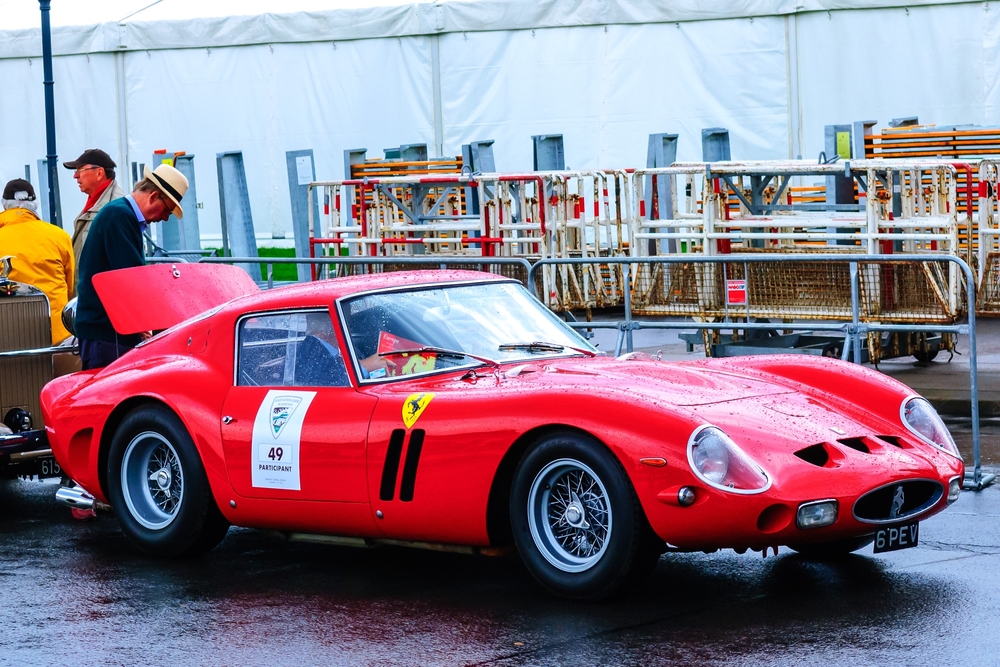
The Ferrari 250 GTO is arguably one of the most iconic supercars ever made, thanks to its powerful V12 engine and racing success. It featured a 3.0-liter V12 engine producing 296 horsepower, allowing it to reach speeds of up to 174 mph—a record for its time. Built primarily for racing, it was constructed with lightweight aluminum panels and used advanced aerodynamics for superior handling. With only 36 units produced, the 250 GTO became a collector’s item and a legend in motorsport history.
Lamborghini Miura (1966-1973)

Often considered the world’s first supercar, the Lamborghini Miura was powered by a transversely-mounted 3.9-liter V12 engine that produced 350 horsepower. Designed by Giotto Bizzarrini and built to rival Ferrari, the Miura could reach a top speed of 171 mph, setting the standard for high-performance cars. Its lightweight design and mid-engine layout were revolutionary at the time, making it a timeless icon. A favorite among collectors, the Miura is still regarded as one of the most beautiful cars ever produced.
Ferrari F50 (1995-1997)
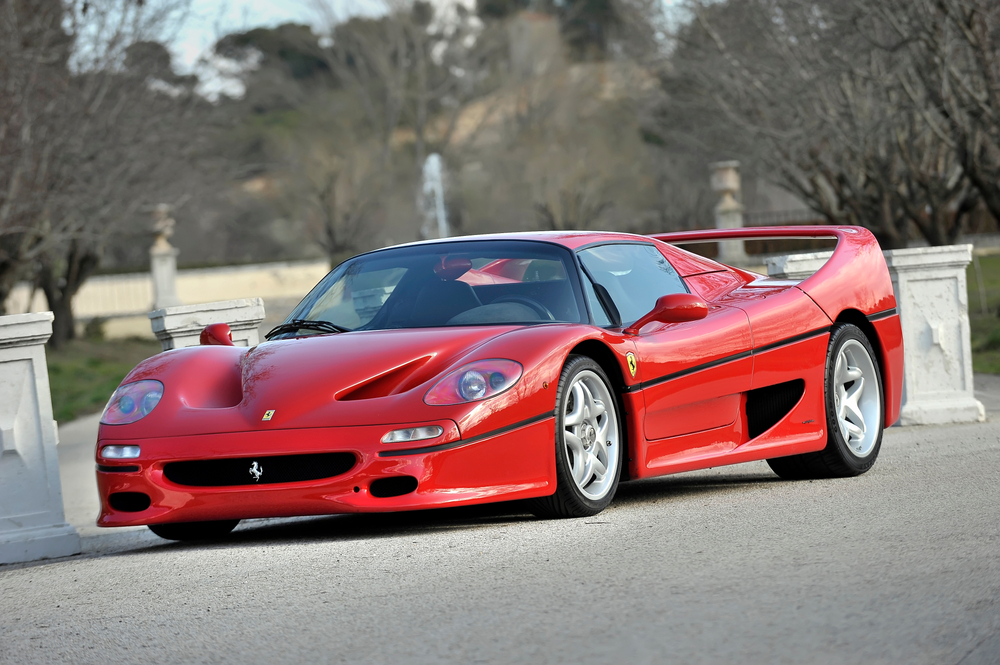
The Ferrari F50 was developed to celebrate Ferrari’s 50th anniversary and featured a 4.7-liter naturally aspirated V12 engine derived directly from the brand’s Formula 1 cars. Producing 513 horsepower, it was capable of reaching 202 mph, cementing its place among record-breaking supercars. The F50 was built almost entirely from carbon fiber, making it extremely lightweight. With only 349 units made, it was a limited-edition supercar that showcased Ferrari’s dedication to performance and innovation.
Lamborghini Aventador SVJ (2018-2021)
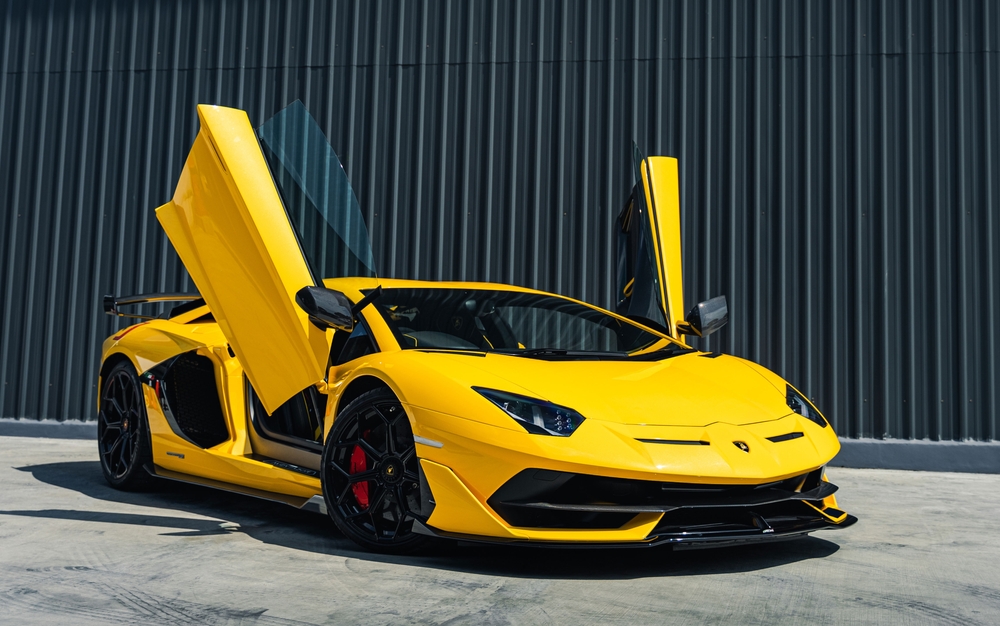
The Lamborghini Aventador SVJ pushed the boundaries of V12 performance with its 6.5-liter naturally aspirated engine, producing an astonishing 759 horsepower. This engine allowed the SVJ to set a Nürburgring lap record for production cars in 2018, clocking a time of 6 minutes and 44.97 seconds. Built with lightweight carbon fiber, the SVJ features active aerodynamics to enhance performance. Its V12 engine and track-focused design cement it as one of Lamborghini’s finest creations.
Ferrari Enzo (2002-2004)
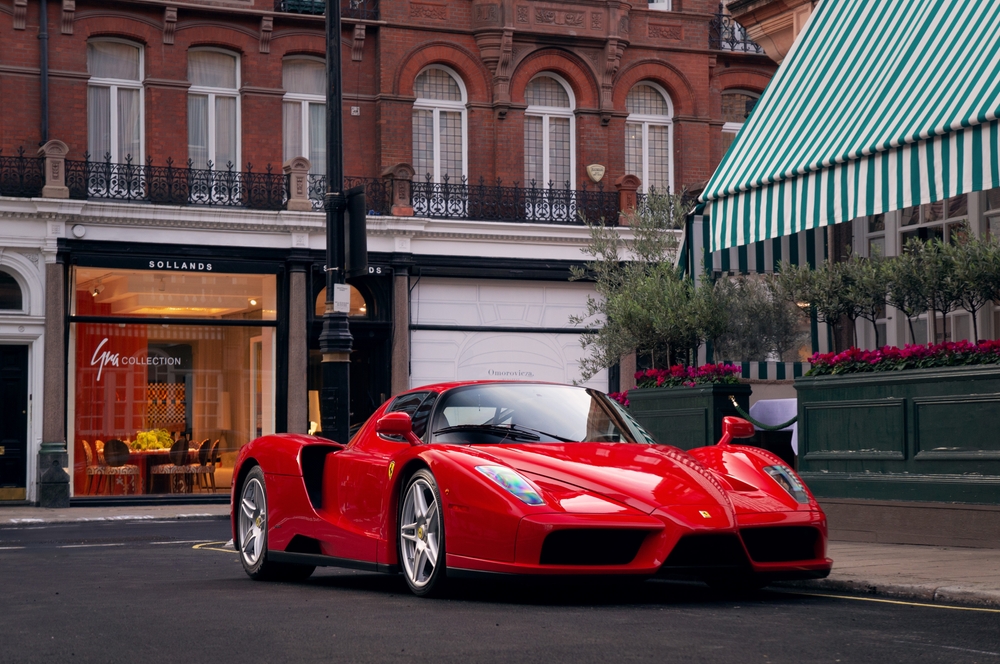
Named after the founder, the Ferrari Enzo was equipped with a 6.0-liter V12 engine producing 651 horsepower. Its engine was derived from Ferrari’s Formula 1 technology, allowing it to reach a top speed of 221 mph. The Enzo featured a carbon-fiber body, advanced aerodynamics, and cutting-edge technology, making it one of the most advanced supercars of its time. With only 400 units produced, it remains one of the most coveted Ferrari models.
Aston Martin Valkyrie (2021-Present)
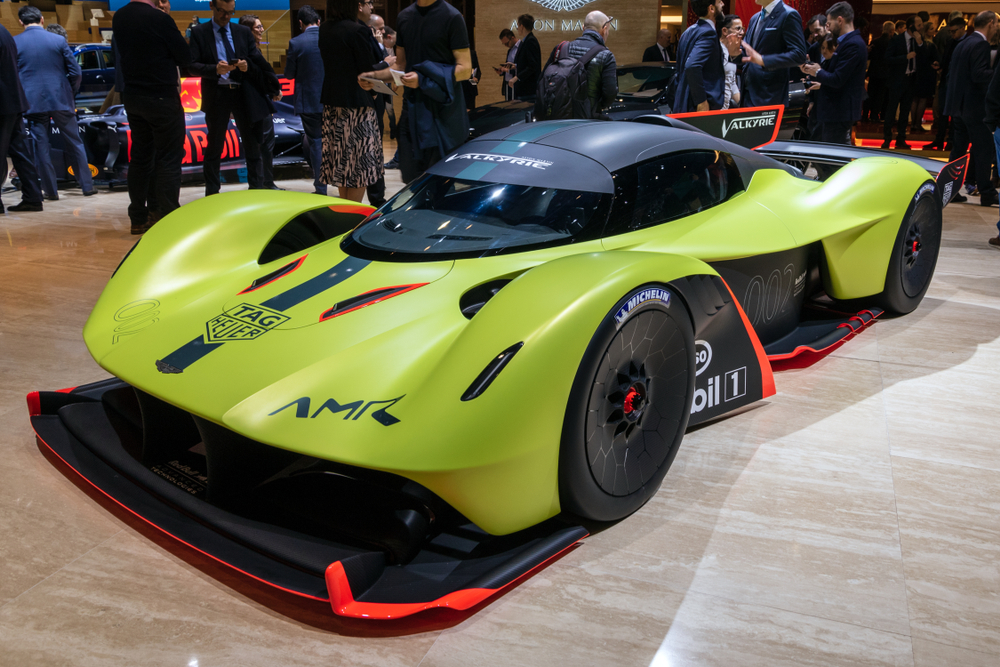
The Aston Martin Valkyrie is a hypercar powered by a naturally aspirated 6.5-liter V12 engine developed in collaboration with Cosworth. The engine produces a staggering 1,160 horsepower, making it one of the most powerful naturally aspirated engines ever built. The Valkyrie’s lightweight carbon fiber construction and extreme aerodynamics help it achieve remarkable performance on both road and track. This car is a testament to Aston Martin’s engineering prowess and vision for the future of supercars.
Lamborghini Countach LP5000 QV (1985-1988)
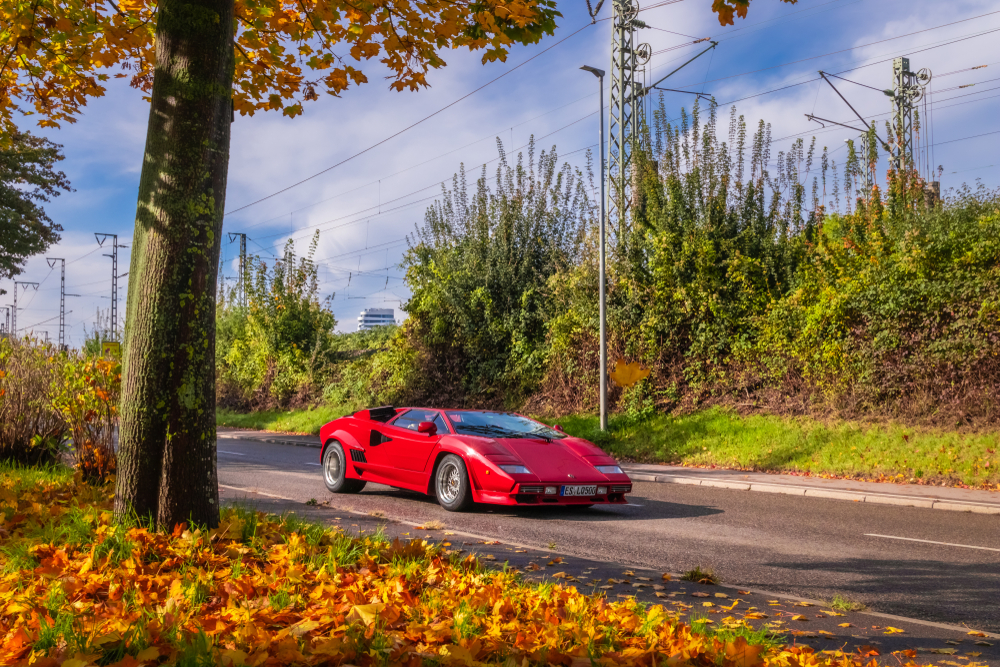
The Lamborghini Countach LP5000 QV was the pinnacle of Countach evolution, featuring a 5.2-liter V12 engine producing 455 horsepower. Known for its wedge-shaped design and scissor doors, the Countach could reach a top speed of 183 mph, making it one of the fastest cars of its era. The V12 engine’s refinement and increased power helped Lamborghini establish its reputation as a maker of extreme supercars.
Pagani Zonda F (2005-2009)

The Pagani Zonda F, powered by a naturally aspirated 7.3-liter V12 engine sourced from Mercedes-AMG, produced 602 horsepower, making it one of the most powerful V12 supercars of the mid-2000s. Its carbon fiber construction kept it lightweight, allowing for blistering acceleration and top-tier performance. The Zonda F set several speed records and remains a benchmark for boutique supercar manufacturers. Horacio Pagani’s attention to detail and craftsmanship turned the Zonda F into a work of automotive art.
Ferrari 812 Superfast (2017-Present)

The Ferrari 812 Superfast is equipped with a 6.5-liter naturally aspirated V12 engine that produces 789 horsepower, making it the most powerful front-engine Ferrari ever produced. With a top speed of 211 mph, the 812 Superfast continues Ferrari’s legacy of record-breaking V12 supercars. Its advanced aerodynamics and lightweight materials further enhance its performance. The 812 Superfast showcases Ferrari’s ability to balance luxury, power, and cutting-edge technology.
Lamborghini Diablo SV (1995-1999)
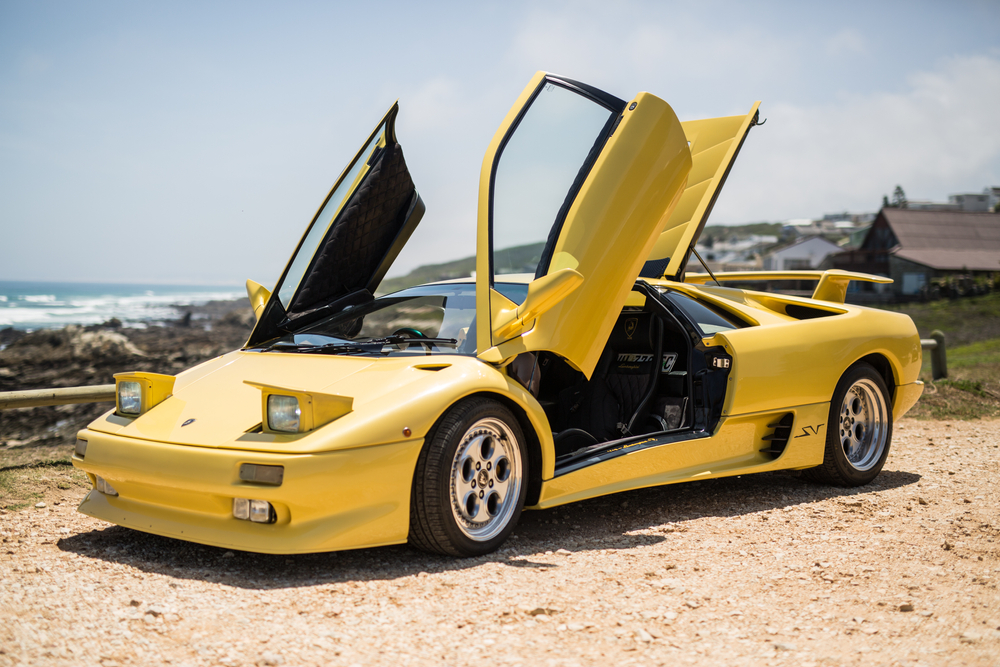
The Lamborghini Diablo SV was an extreme version of the Diablo series, powered by a 5.7-liter V12 engine producing 510 horsepower. This made it one of the most powerful supercars of its era, capable of reaching a top speed of 202 mph. The Diablo SV featured a lightweight chassis and enhanced aerodynamics, making it a force to be reckoned with on the track. Its raw, aggressive design and record-breaking engine ensured its place in supercar history.
Ferrari F12tdf (2015-2017)
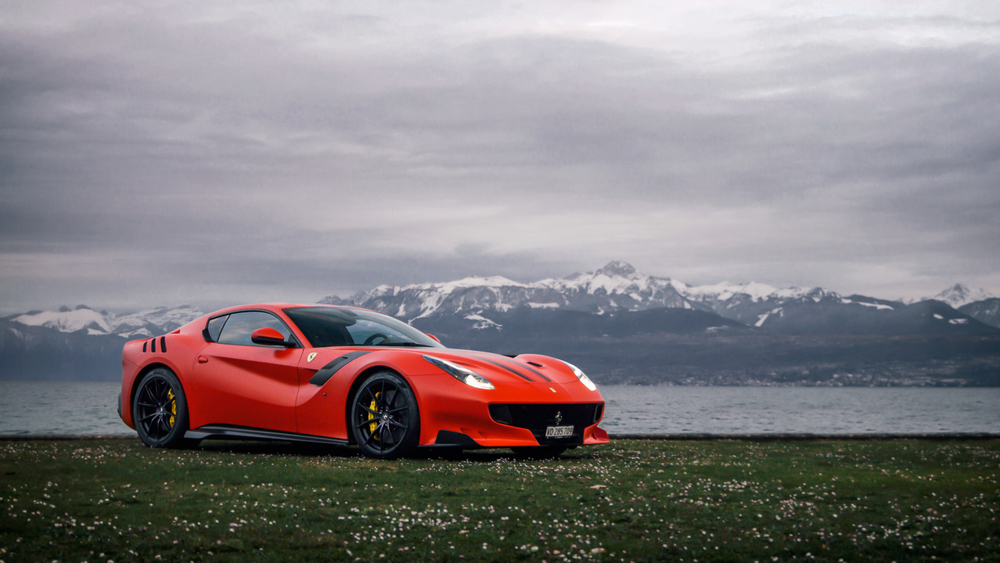
The Ferrari F12tdf, short for Tour de France, was a track-focused variant of the F12berlinetta, powered by a 6.3-liter V12 engine that delivered 769 horsepower. The F12tdf set records for acceleration, reaching 0-60 mph in just 2.9 seconds. With extensive use of carbon fiber and advanced aerodynamics, the F12tdf was lighter and faster than its predecessor, making it a modern masterpiece of V12 engineering.
McLaren F1 (1992-1998)
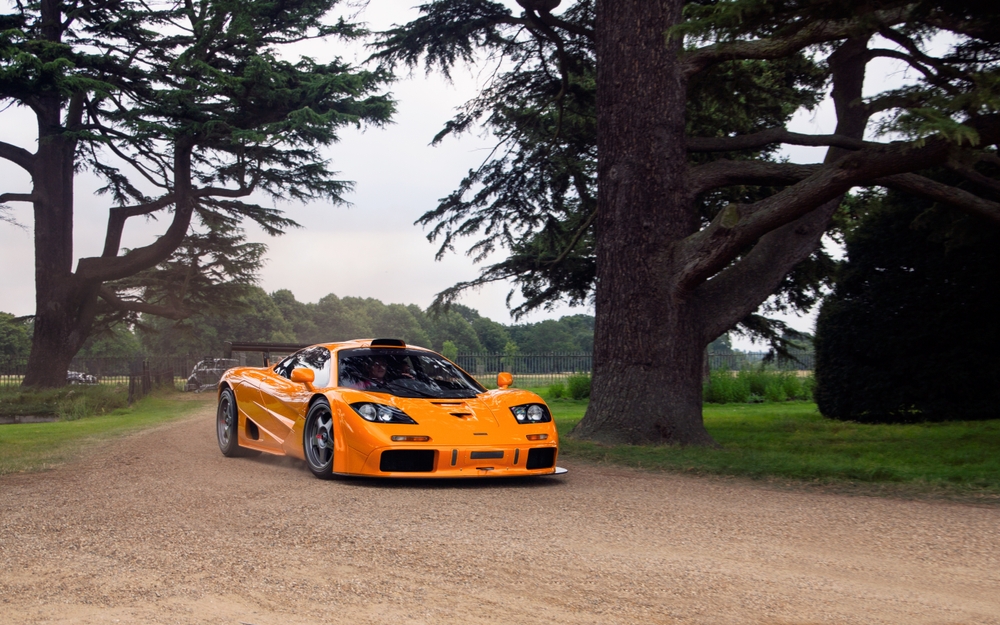
The McLaren F1 is often regarded as one of the greatest supercars ever made, thanks to its 6.1-liter BMW-sourced V12 engine that produced 618 horsepower. It set the world record for the fastest production car in 1998, reaching 240.1 mph. The F1 featured a lightweight carbon fiber chassis, innovative aerodynamics, and a unique three-seat layout. Even decades after its release, the McLaren F1 remains an icon in the world of supercars.
Aston Martin V12 Vantage (2009-2018)

The Aston Martin V12 Vantage was a compact supercar fitted with a 6.0-liter V12 engine producing 510 horsepower. It combined Aston Martin’s elegant design with raw performance, allowing it to reach a top speed of 190 mph. The V12 Vantage’s balance of beauty and power made it an underrated yet highly respected supercar. A modern V12 Vantage revival could showcase Aston Martin’s commitment to V12 engines in an era of electrification.
Jaguar XJR-15 (1990-1992)
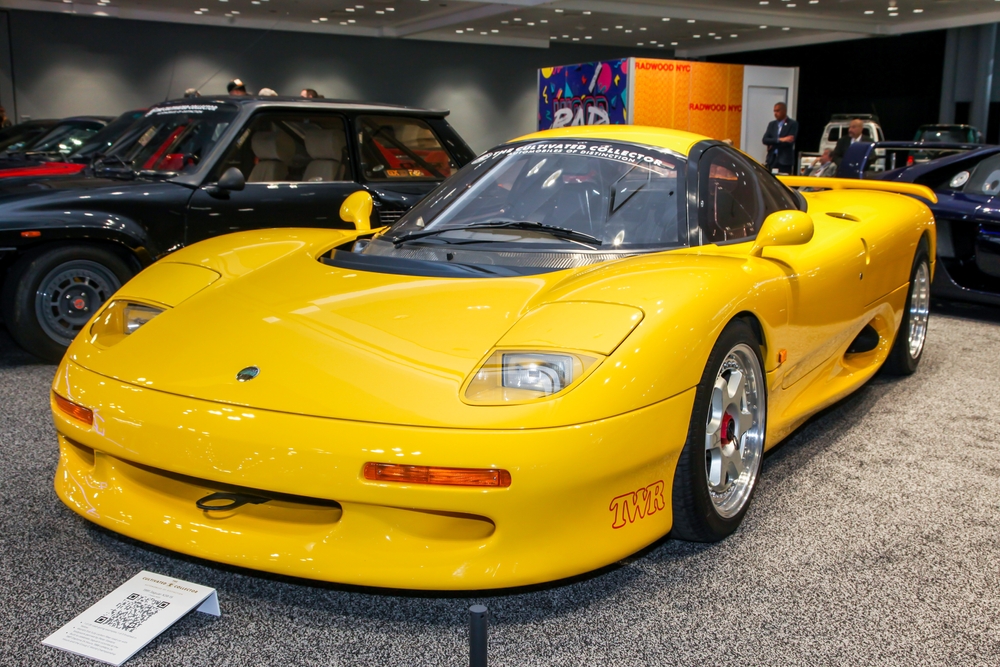
The Jaguar XJR-15 was a limited-production supercar powered by a 6.0-liter V12 engine producing 450 horsepower. It was based on Jaguar’s Le Mans-winning XJR-9 and featured a lightweight carbon fiber body. The XJR-15 was one of the first supercars to use carbon fiber extensively, allowing it to achieve impressive performance. Despite its racing pedigree, the XJR-15 remains relatively obscure, making it a hidden gem among V12-powered supercars.
Ferrari LaFerrari (2013-2016)
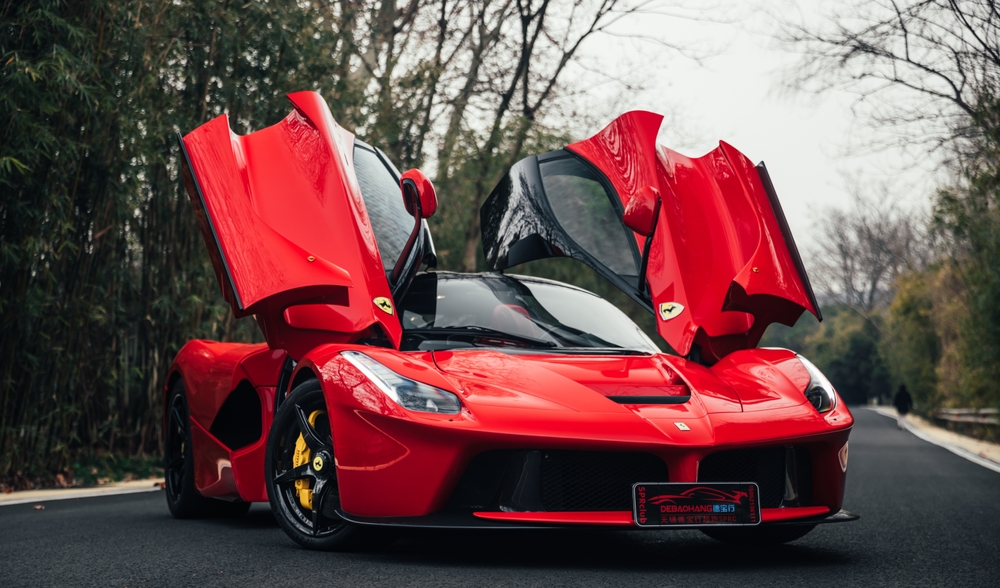
The Ferrari LaFerrari combined a naturally aspirated 6.3-liter V12 engine with a hybrid electric motor to produce a total of 950 horsepower. The V12 alone generated 789 horsepower, setting a new benchmark for hybrid hypercars. The LaFerrari’s carbon fiber construction and advanced aerodynamics made it one of the fastest and most powerful cars of its time. Its groundbreaking V12 hybrid powertrain remains a marvel of engineering.
Lamborghini Murciélago LP670-4 SV (2009-2010)
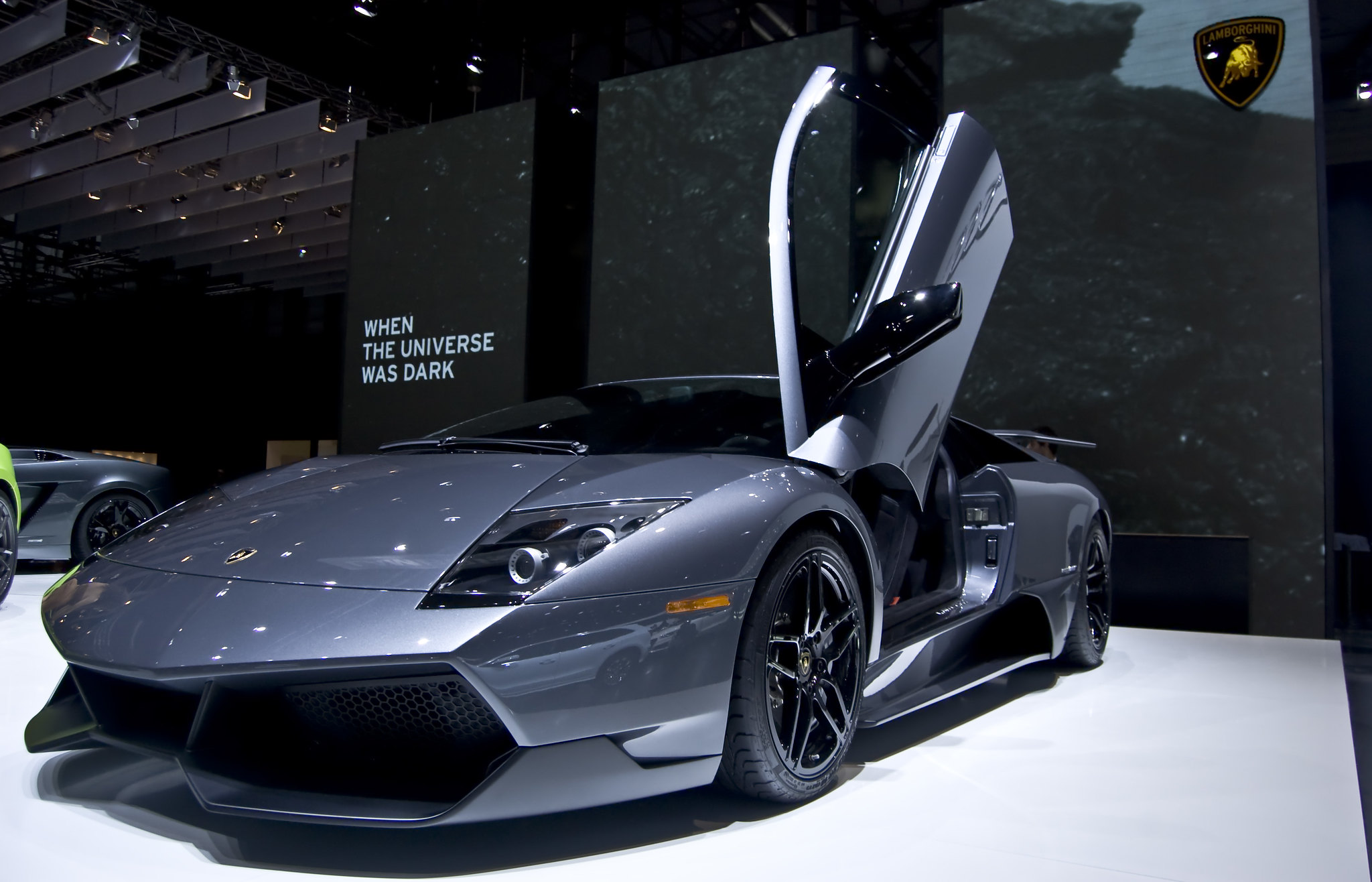
The Lamborghini Murciélago LP670-4 SV was a lighter, more powerful version of the Murciélago, featuring a 6.5-liter V12 engine producing 661 horsepower. With a top speed of 212 mph, it was one of the fastest Lamborghinis ever produced. The extensive use of carbon fiber reduced its weight, allowing for improved performance on the track. The LP670-4 SV marked the end of an era for Lamborghini’s naturally aspirated V12 engines.
Ferrari 599 GTO (2010-2012)
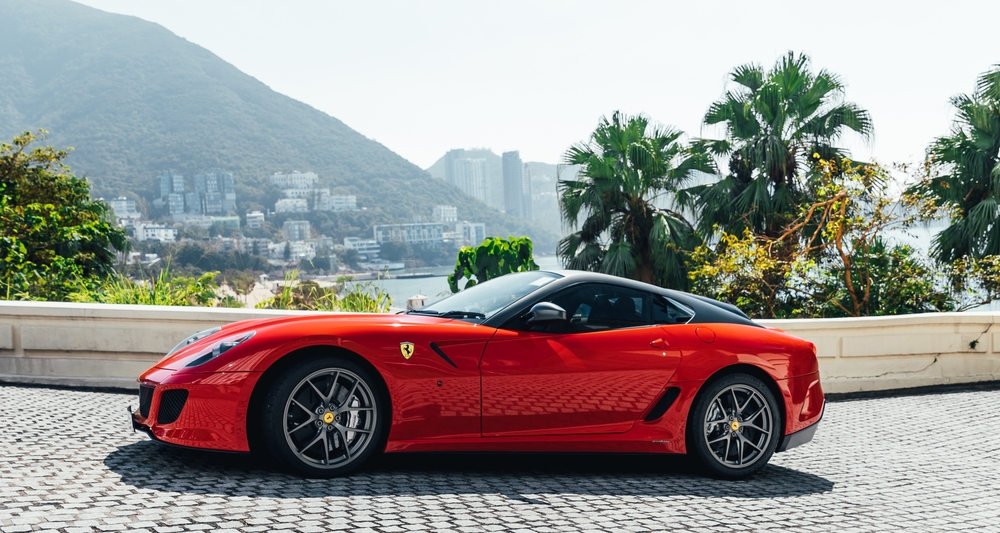
The Ferrari 599 GTO was a road-legal version of the 599XX track car, powered by a 6.0-liter V12 engine producing 661 horsepower. It was the fastest Ferrari road car at the time, capable of reaching 208 mph. The GTO’s lightweight materials, including carbon fiber components, helped reduce its weight, making it a true performance beast. The 599 GTO combined raw V12 power with advanced handling dynamics, creating a modern classic.
Lamborghini Centenario (2016-2017)
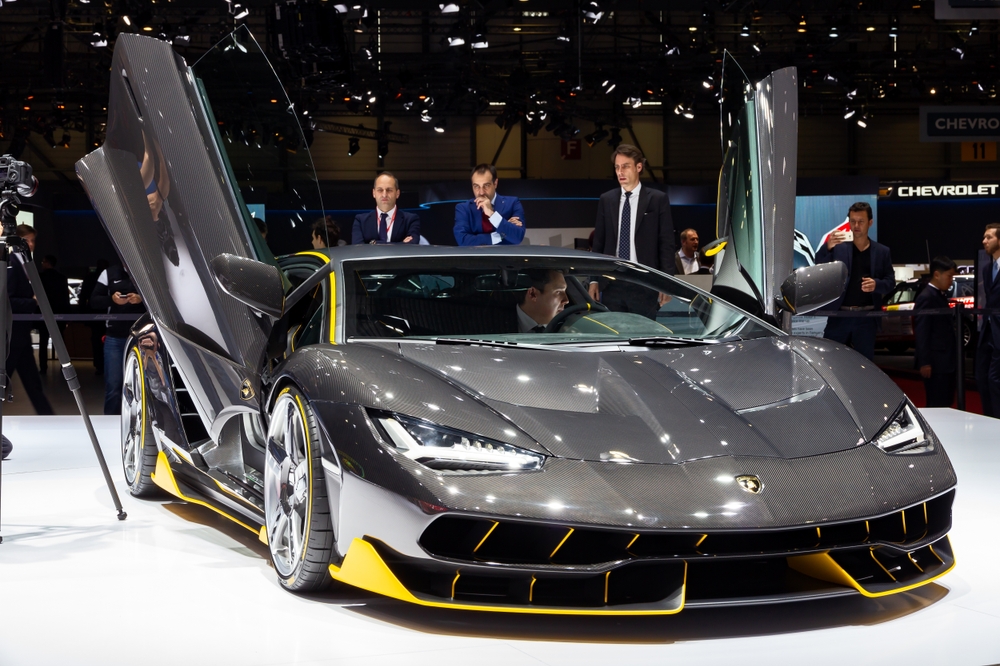
Built to celebrate the 100th anniversary of Lamborghini’s founder, the Centenario featured a 6.5-liter V12 engine producing 759 horsepower. With a top speed of 217 mph, it was one of the most powerful and fastest Lamborghinis ever built. The Centenario’s carbon fiber monocoque and advanced aerodynamics made it a marvel of engineering, and its V12 engine represented the pinnacle of Lamborghini’s naturally aspirated powerplants.
Pagani Huayra (2012-Present)
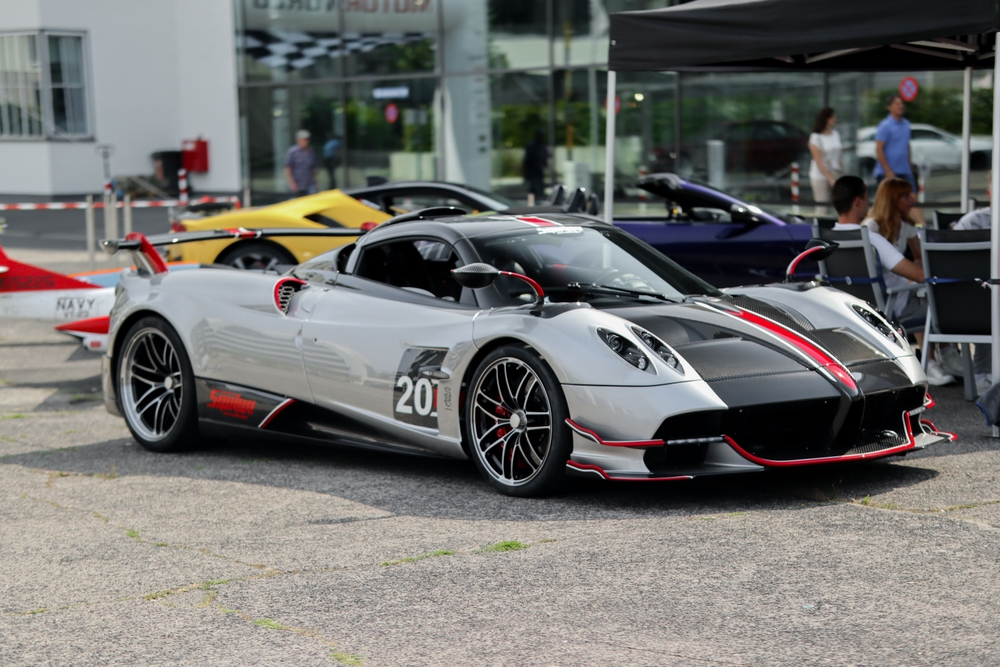
The Pagani Huayra is a masterpiece of Italian engineering, powered by a twin-turbocharged 6.0-liter V12 engine sourced from Mercedes-AMG. Producing 730 horsepower in its base version and up to 791 horsepower in the Huayra BC variant, the Huayra is renowned for its breathtaking performance and luxurious design. The car features extensive use of lightweight carbon-titanium materials, allowing it to achieve a top speed of 238 mph. The Huayra represents a perfect blend of art, speed, and innovation, with its V12 engine at the heart of its success.
Aston Martin One-77 (2009-2012)
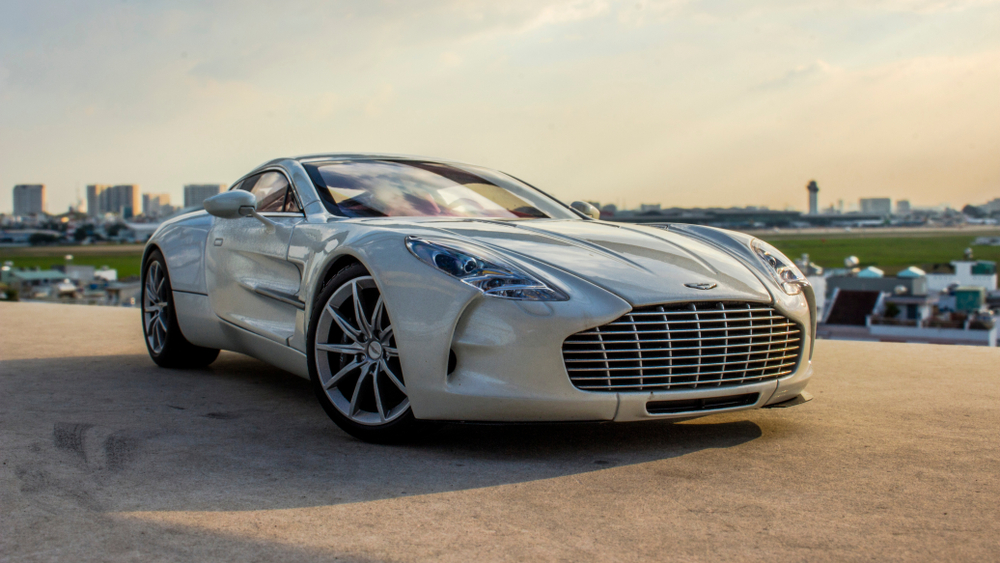
The Aston Martin One-77 was a limited-edition hypercar, powered by a naturally aspirated 7.3-liter V12 engine that produced 750 horsepower, making it the most powerful naturally aspirated engine in a production car at the time. With only 77 units made, the One-77 combined handcrafted luxury with blistering performance, reaching a top speed of 220 mph. The car featured a carbon fiber monocoque chassis and aluminum body panels, delivering both strength and lightweight performance. Its record-breaking V12 engine and exclusive design make it one of Aston Martin’s most revered supercars.
This article originally appeared on MyCarMakesNoise.
More from MyCarMakesNoise
15 Once-Valuable Antique Tractors That Are Now Worthless
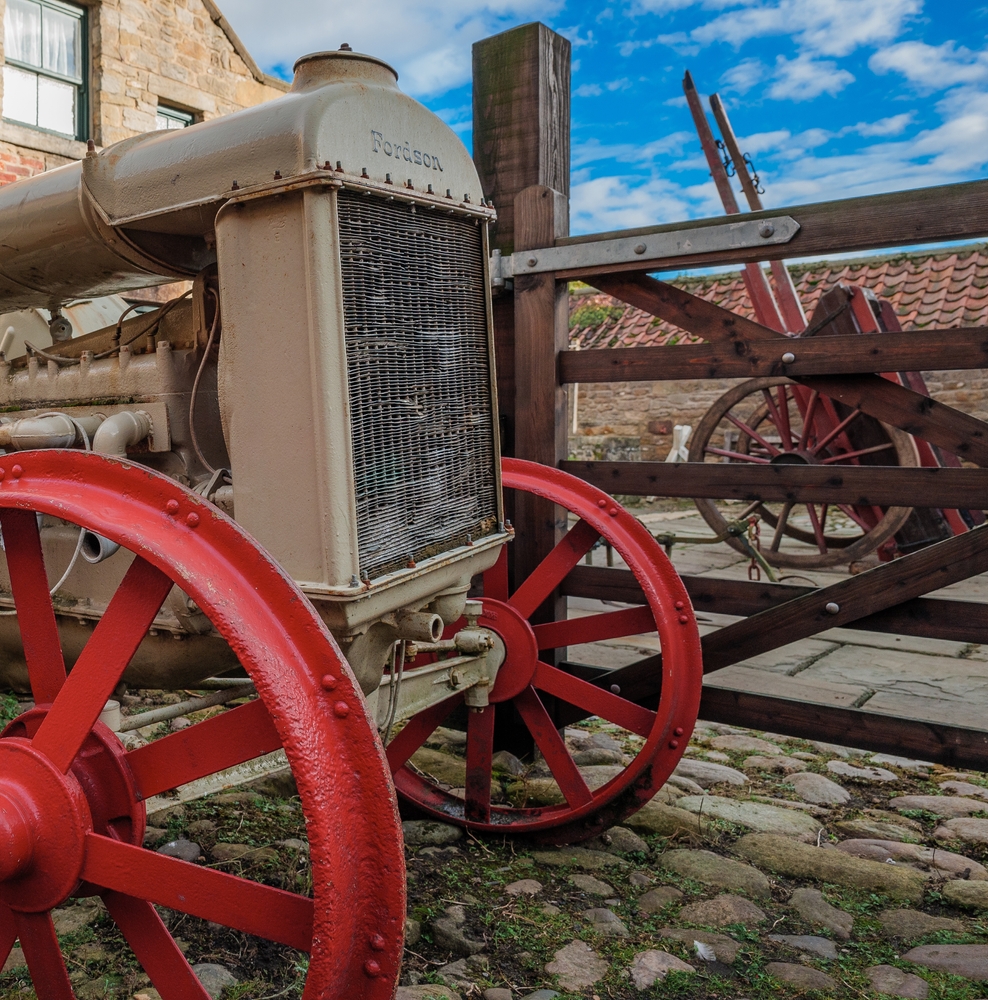
In this article, we’ll explore 15 antique tractors that have seen their worth diminish, despite their historical significance. Read More.
13 Top Engine Oils That Will Keep Your Car Running Smoothly
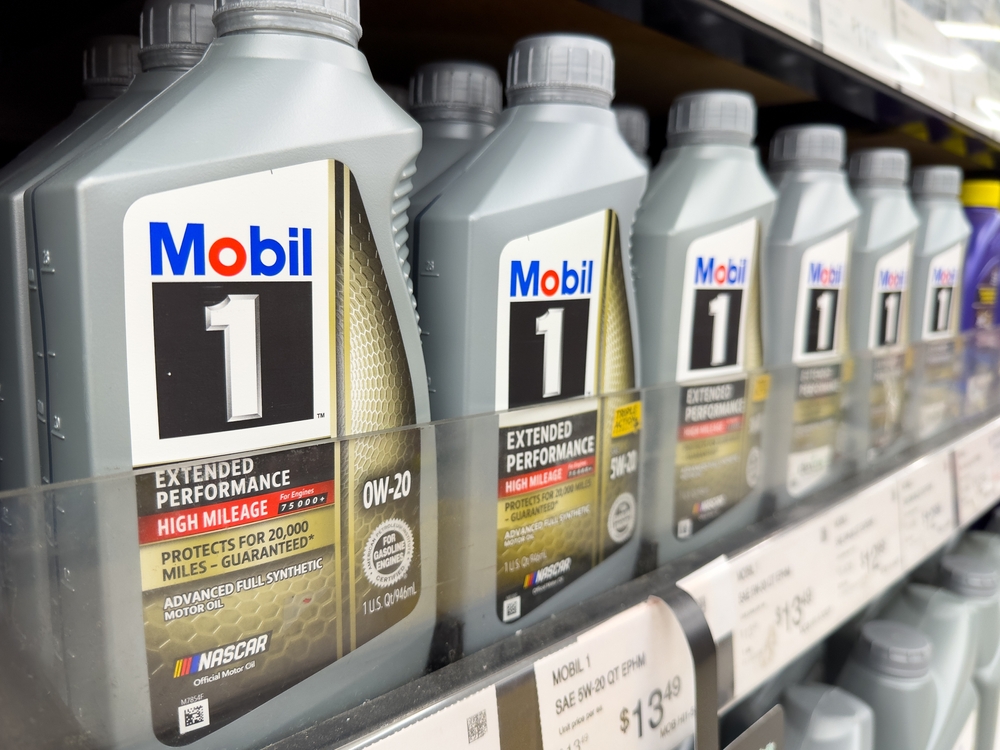
These top picks offer superior protection, enhance performance, and ensure your engine stays in peak condition. Read on to discover the best options for your vehicle. Read More.
10 Classic Cars from the ’60s and ’70s with the Worst Engines

While many vehicles became famous for their style and performance, others were plagued by underperforming engines that tarnished their reputations. Read More.



